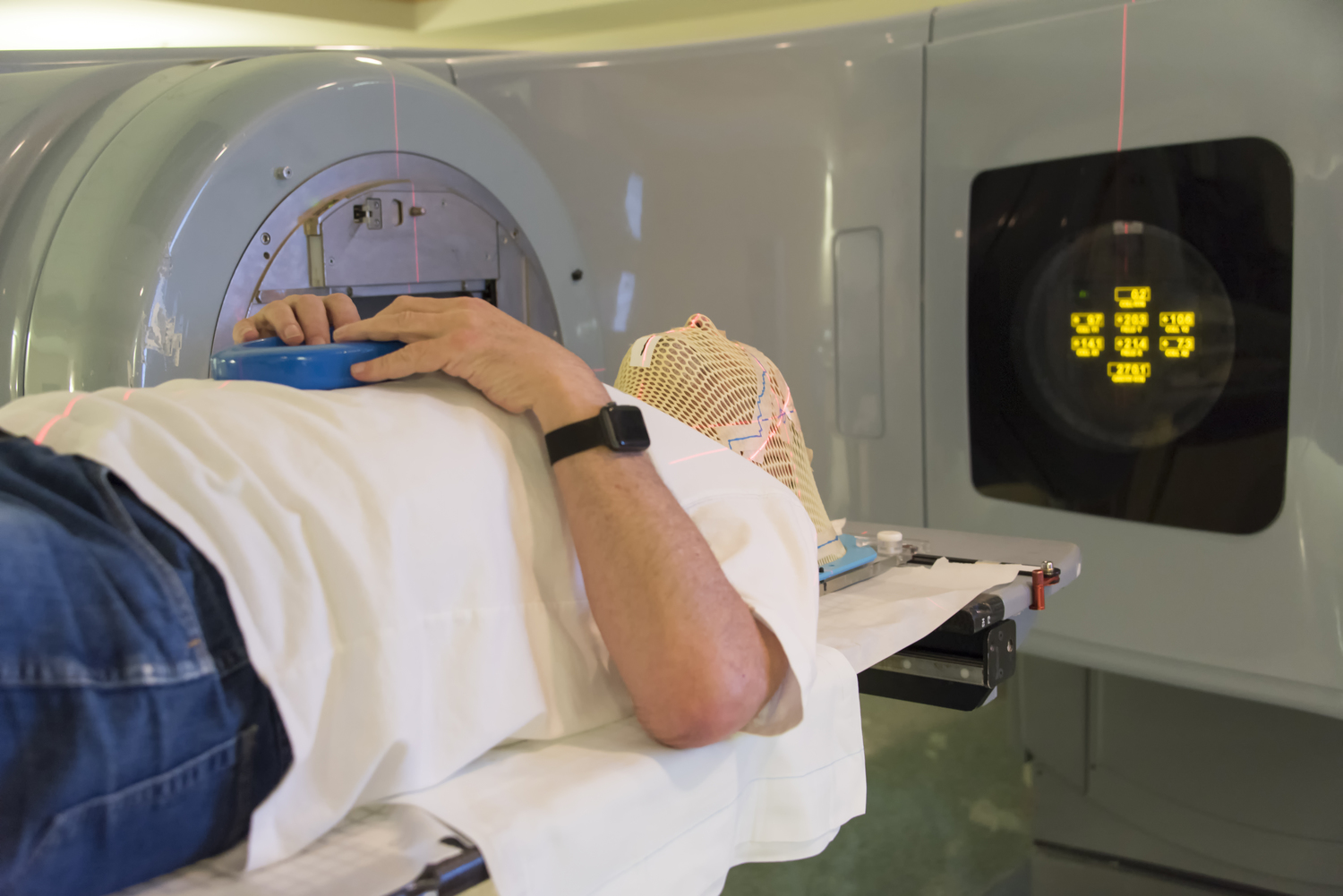
Treating Multiple Sclerosis Using Cell Therapy
A chronic demyelinating disease of the brain and the spinal cord resulting in the loss of fatty covering of myelin is known as Multiple Sclerosis. It is an auto-immune disease which is directed against the myelin sheath of the nerve fibers while the axon remains as it is. Its atrophy is caused by the destruction of the myelin sheath. The cause of this autoimmune process is not exactly clear.
The disease is characterized by its undulating course and slow progression. Other than injuries, MS is said to be the most common neurological cause of disability in young people between 20 – 40 years. Here are causes and therapies for MS:
1. MS causes
Some external factors like viral infections, bacterial infections, effects of radiation, toxic substances, geographical and environmental factors, stressful situations could be causes of MS. Also, internal factors like immunodeficiency, genetic predisposition, smoking, and associated chronic diseases are some acceptable reasons for the autoimmune process.
2. Sem cell treatments
Fetal stem cells are used in the treatment of multiple sclerosis as they are the only source of stem cells with natural origin. Therefore, their use in the treatment of this neurological disease is said to be most effective when compared to other types of stem cells. Treatment of multiple sclerosis with fetus stem cells has several directions:
- Restoration of myelin also known as remyelination
- Restoration of damaged neurons and their processes
- Correction of immunity also called as micro immunotherapy
3. Treatment timing
The initial condition of the patient and the rate of progression of disease dictate the effectiveness of the treatment. If treatment has been started during the first attack or immediately soon after, then it can stop the process at the stage of the inflammatory demyelination and does not cause the destruction of myelin there by the neuron will not be damaged at the same time the recovery will be more complete as the important task would be the correction of immunity. If the treatment is given after some focuses have developed then the treatment would be aimed at immune correction, and also the restoration of the damaged nerve and myelin sheath. This would take more time and the improvement of clinical symptoms would be much slower.
4. Benefits of cell therapy
Some changes could be observed in patients with multiple sclerosis after the course of cell therapy based on fetal cell suspension such as:
- Increase in working efficiency and reduction of fatigue
- An increase in motion and strength range and improvement of motor function
- Sense organs function improve for example vision, speech, smell, and hearing
- Improvement in coordination and reduction of ataxia, dizziness, and unsteadiness while walking
- Improvement in cognitive function like sleep and behavior
- A decrease in numbness of limbs and pain and improvement of sensitivity
5. Success rates
With this effective treatment with fetal stem cell therapy, 90% of patients with relapsing type MS achieve remission which lasts up to 2- 2.5 times longer than usual and 70% of other types of multiple sclerosis attain resistant long standing remission.



